Low and ultra-low Cement Castables have the characteristics of small pore size, large density, good volume stability, putere mare, and a small amount of water. They overcome the characteristics that the strength of ordinary castables decreases significantly at 800~1200 ℃, increases with the increase of temperature, and have excellent thermal shock resistance, slag resistance, and corrosion resistance.
Indicatori fizico-chimici
| Articol | Index | |||
| Lut | Alumină ridicată | Corindon | ||
| Al2O3 % | ≥45 | ≥75 | ≥98 | |
| CaO % | <1.8 | <1.5 | <1,0 | |
| Densitate în vrac g/cm3 | 110℃×24h | ≥2.3 | ≥2.6 | ≥3,1 |
| 1350℃ × 3h | ≥2.26 | ≥2.61 | / | |
| 1550℃ × 3h | / | / | ≥3.00 | |
| Rezistența la strivire la rece MPa | 110℃×24h | ≥70 | ≥75 | ≥85 |
| 1350℃ × 3h | ≥85 | ≥90 | / | |
| 1550℃ × 3h | / | / | ≥100 | |
| Flexural Strength MPa | 110℃×24h | ≥6 | ≥8 | ≥9 |
| 1350℃ × 3h | ≥8 | ≥9 | / | |
| 1550℃ × 3h | / | / | ≥11 | |
| Permanent linear change Rate % | 1000℃ × 3h | -0.3 | -0.2 | -0.2 |
| 1350℃ × 3h | ± 0,3 | ±0.5 | / | |
| 1550℃ × 3h | / | / | ±0.5 | |
| Maximum service temperature ℃ | 1450 | 1600 | 1800 | |
Low and ultra-low cement castable features
- Refractaritate ridicată, temperatură ridicată, și rezistență la temperatură scăzută
- Rezistenta la eroziune, rezistenta la impact, rezistență mare la uzură, putere mare
- Plasticitate puternică, poate fi turnat în orice formă
- Etanșeitate bună la aer, poate reduce pierderile de căldură și poate economisi energie
How to use castables?
Castables are generally poured and formed by on-site pouring, vibration, or tamping during use, and can also be made into prefabricated parts for use.
Low and ultra-low cement castables advantage
Low and ultra-low cement castables have strong cohesive force, long initial setting time and construction operation time, fast strength growth, strong impermeability, no need for acid treatment, easy to ensure the compactness of masonry ash gaps, and can significantly improve the blast furnace lining The airtightness of the wall, and the anti-corrosion ability of the lining.
Scope of application of castables
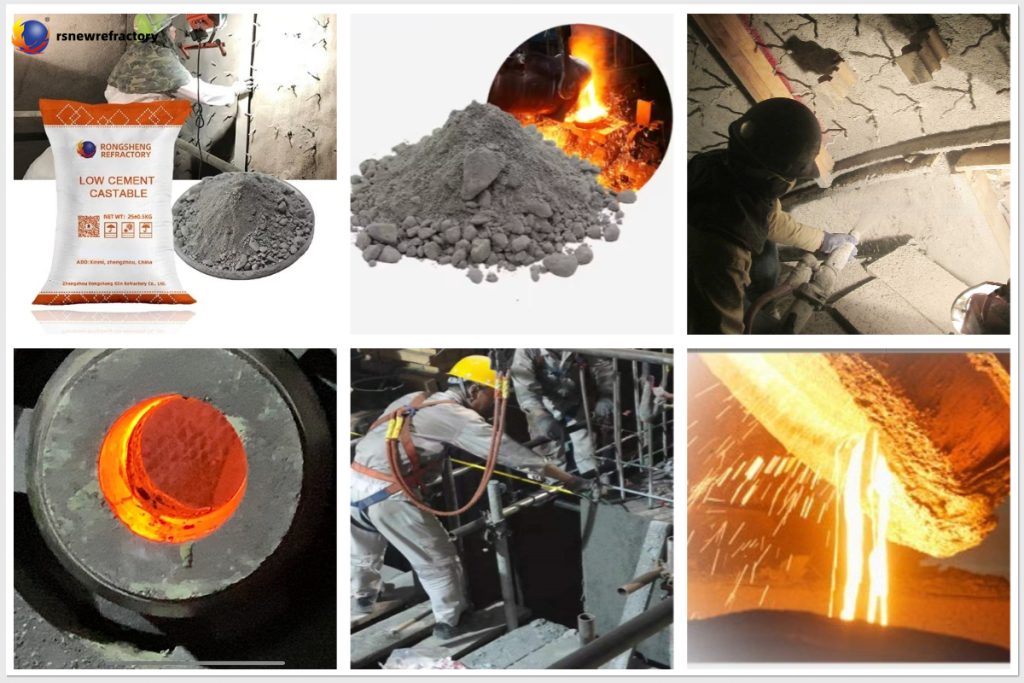
Low and ultra-low cement castables can be used in the steel industry, petrochemical industry, metallurgical industry, and power plant industry, with wide application and little restriction.
About the packaging of low cement castables
Rongsheng Refractory Factory supports the customization of calcinabil packaging sizes and packaging printing. The physical and chemical indicators of the castable need to be determined before packaging and the packaging specifications need to be sent. I will customize it as required.
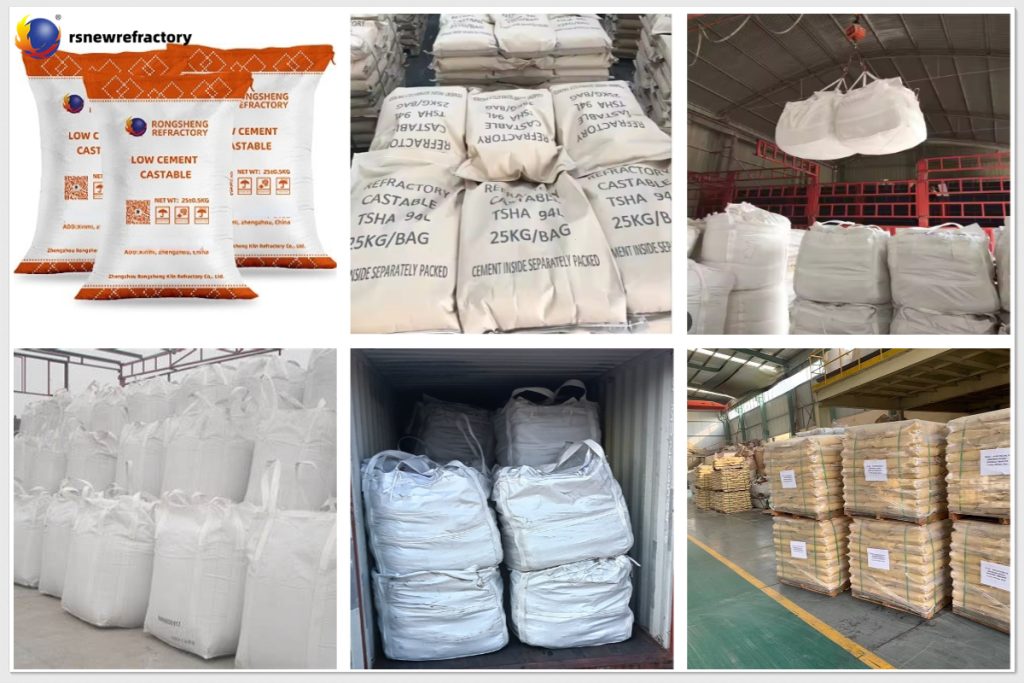
About our company
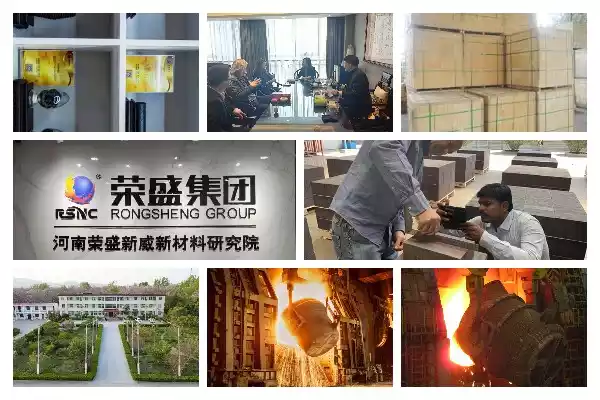
 Fabrica de refractare Rongsheng
Fabrica de refractare Rongsheng
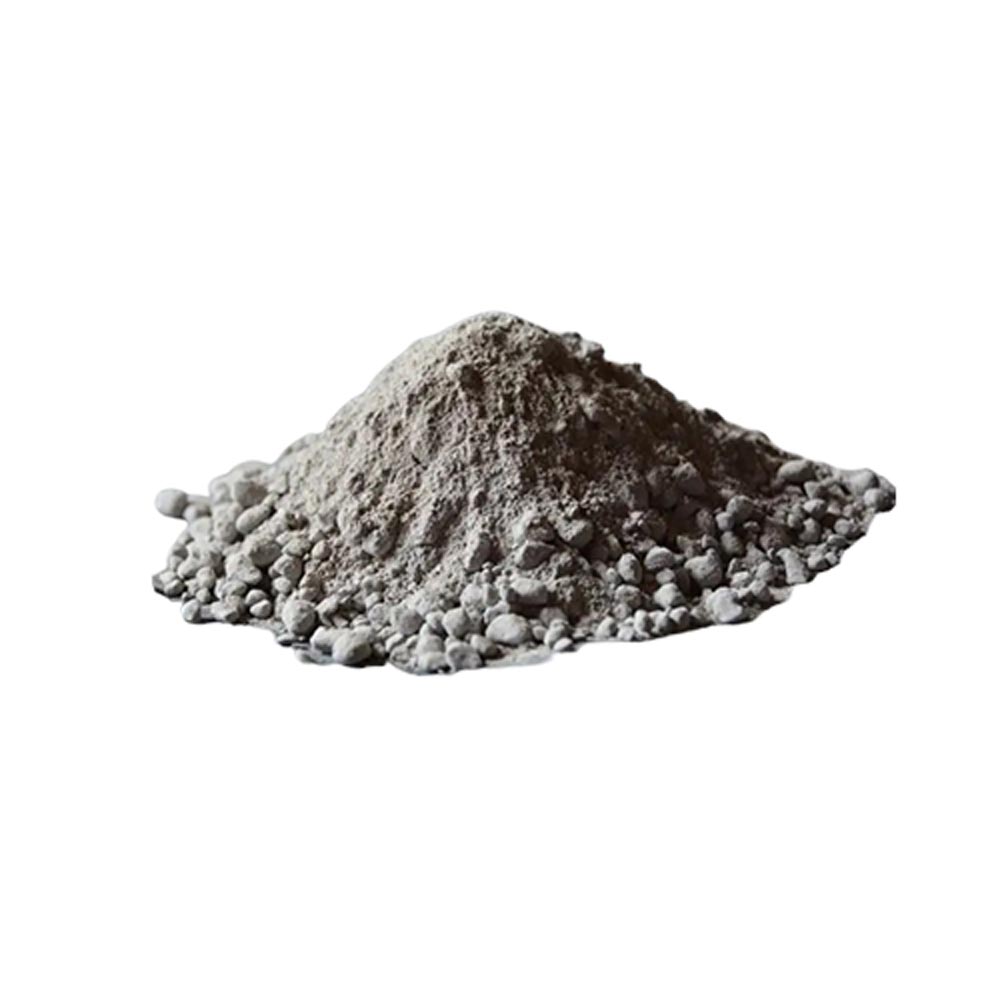
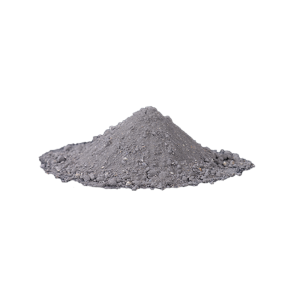
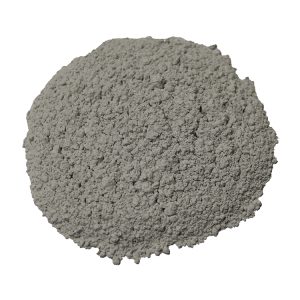
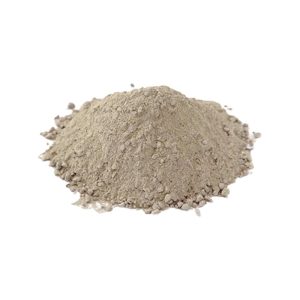
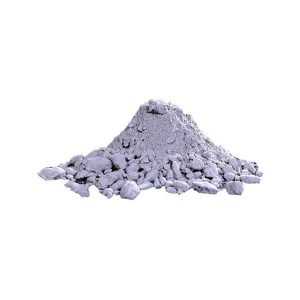
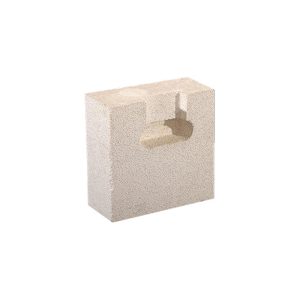
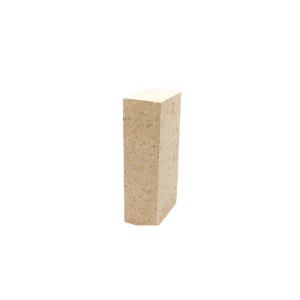
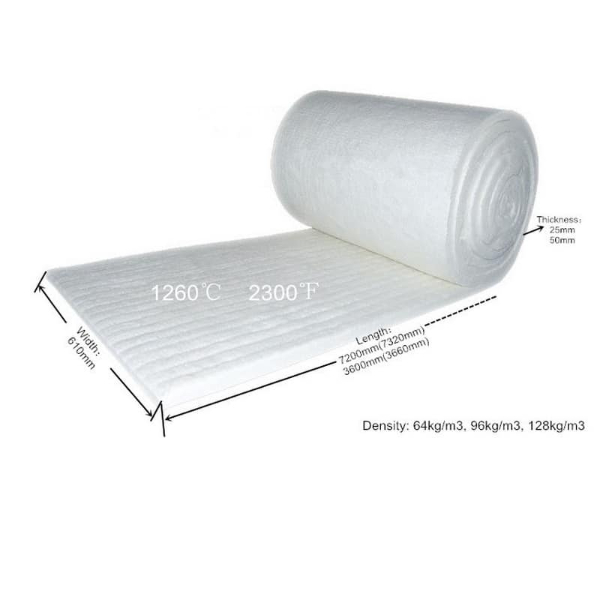
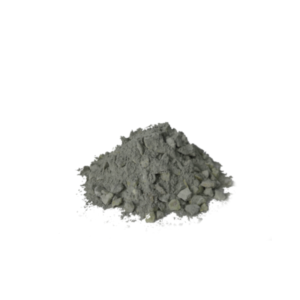
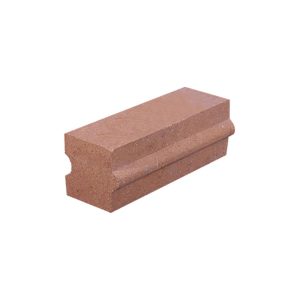
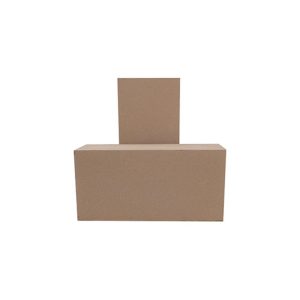
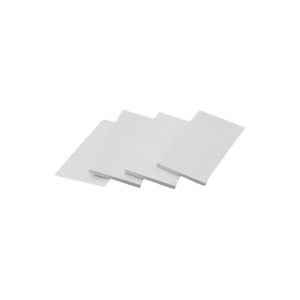
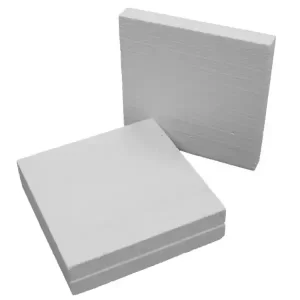
WeChat
Scanați codul QR cu wechat